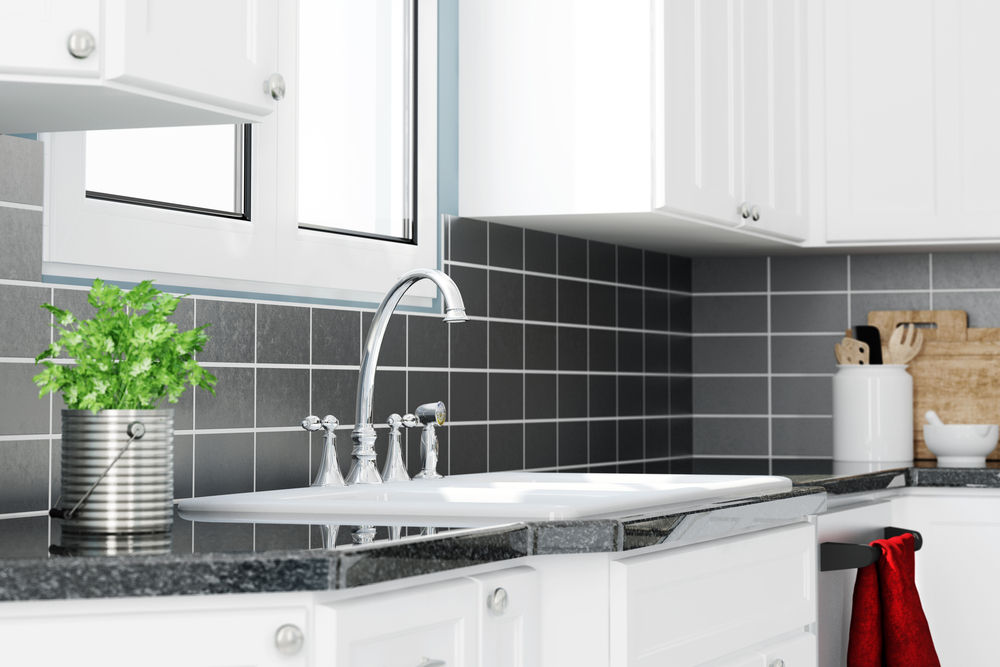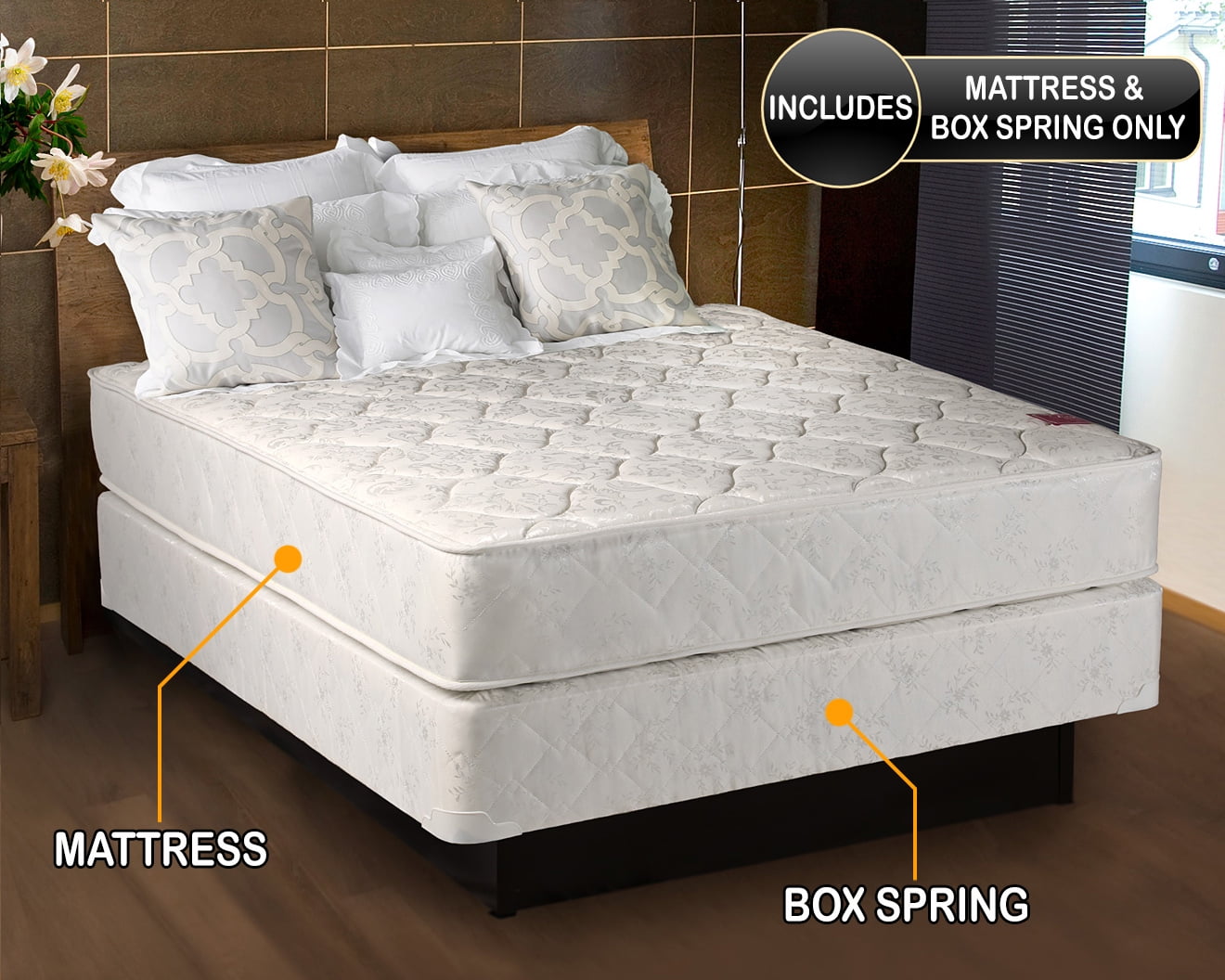1. Standard Kitchen Sink Sizes: How to Choose the Right One
When it comes to choosing a kitchen sink, size matters. Not only do you want a sink that fits your kitchen's layout and design, but you also want one that meets your specific needs and preferences. In this guide, we'll discuss the standard kitchen sink sizes and how to choose the right one for your home.
Standard kitchen sink sizes can vary depending on the manufacturer, but the most common dimensions are 22 inches by 30 inches for single-bowl sinks and 33 inches by 22 inches for double-bowl sinks. However, before you go shopping for a new kitchen sink, there are a few things you need to consider.
2. How to Measure for a Kitchen Sink
Before you start browsing through sink options, you'll need to measure your existing sink or the space where you plan to install a new one. Start by measuring the width, depth, and height of your current sink. If you're replacing an old sink, you may want to stick with the same size to avoid having to make adjustments to your countertop or cabinets.
If you're starting from scratch, measure the width and depth of your cabinet or countertop. Be sure to take into account any obstructions such as pipes or garbage disposals. Standard kitchen sink sizes may not fit in all spaces, so it's important to measure accurately to avoid any installation issues.
3. Choosing the Right Size Kitchen Sink for Your Home
When it comes to choosing the right size kitchen sink, you need to consider your lifestyle and how you use your kitchen. If you're an avid cook and find yourself using large pots and pans frequently, you may want to opt for a larger sink. On the other hand, if you have limited counter space and don't do much cooking, a smaller sink may be a better fit.
Another factor to consider is the size of your family. A larger family may need a bigger sink to accommodate more dishes and frequent use, while a smaller family may be able to get by with a smaller sink.
4. What Size Sink Fits in a 30 Inch Cabinet?
If you have a 30-inch cabinet, the standard sink size that will fit is usually around 28 inches. However, it's important to measure the specific dimensions of your cabinet and compare them to the sink you're interested in purchasing. Keep in mind that you may need a bit of wiggle room for installation and any necessary adjustments.
5. How to Choose the Right Depth for Your Kitchen Sink
The depth of your kitchen sink is just as important as the width and length. The standard depth for a kitchen sink is around 8 inches, but you may want to consider a deeper sink if you do a lot of cooking or have large pots and pans to wash. A deeper sink can also help prevent splashing and keep water from overflowing.
6. Kitchen Sink Buying Guide
When it comes to purchasing a kitchen sink, there are a few other factors to keep in mind besides size. First, consider the material of the sink. Stainless steel is a popular and durable option, while ceramic and granite sinks offer a more elegant look.
You'll also want to decide between a top mount or undermount sink. Top mount sinks are easier to install and can be a more budget-friendly option, while undermount sinks offer a sleek and seamless look.
7. How to Choose the Right Material for Your Kitchen Sink
As mentioned, stainless steel is a popular choice for kitchen sinks due to its durability and affordability. However, there are other options to consider, such as ceramic, granite, and composite materials. It's important to choose a material that not only fits your budget but also complements your kitchen's design.
You may also want to consider the maintenance and care required for each material. Some may be more prone to scratches or stains, so it's important to choose a material that fits your lifestyle and cleaning habits.
8. What Size Sink Fits in a 36 Inch Cabinet?
A 36-inch cabinet can typically accommodate a sink that is around 33 inches wide. However, as with any sink installation, it's important to measure the specific dimensions and compare them to the sink you're interested in purchasing. You may also want to consider the depth and style of the sink to ensure it fits comfortably in the cabinet.
9. How to Choose the Right Faucet for Your Kitchen Sink
Along with choosing the right size kitchen sink, you'll also need to choose the right faucet. Consider the style, finish, and functionality of the faucet. You may want a pull-down sprayer or a touchless option for added convenience.
It's also important to make sure the faucet is compatible with your sink and any pre-drilled holes. You may need to purchase a deck plate to cover any extra holes or opt for a faucet that matches the number of holes in your sink.
10. How to Choose the Right Size Double Bowl Kitchen Sink
For those who prefer a double bowl sink, there are a few things to keep in mind when it comes to size. You'll want to consider the overall width and length of the sink, as well as the size of each individual bowl. If you plan on using both bowls frequently, you may want to choose a sink with equal or close to equal-sized bowls.
Additionally, think about how you plan on using the sink. If you often wash large pots and pans, you may want one bowl to be larger for easier cleaning. If you have a dishwasher, you may not need both bowls to be as large.
Choosing the Right Material for Your Kitchen Sink

Stainless Steel Sinks
 Stainless steel sinks are a popular choice for many homeowners due to their durability and affordability. They are resistant to stains, scratches, and heat, making them a practical option for busy kitchens. Additionally, they are easy to clean and maintain, making them a practical choice for families with young children.
However, it is important to note that not all stainless steel sinks are created equal.
The thickness of the steel, referred to as gauge, can vary from 16 to 22. A lower gauge number indicates a thicker and more durable sink. So if you want a sink that will last for years to come, opt for a lower gauge stainless steel sink.
Stainless steel sinks are a popular choice for many homeowners due to their durability and affordability. They are resistant to stains, scratches, and heat, making them a practical option for busy kitchens. Additionally, they are easy to clean and maintain, making them a practical choice for families with young children.
However, it is important to note that not all stainless steel sinks are created equal.
The thickness of the steel, referred to as gauge, can vary from 16 to 22. A lower gauge number indicates a thicker and more durable sink. So if you want a sink that will last for years to come, opt for a lower gauge stainless steel sink.
Composite Sinks
 Composite sinks are made from a combination of materials such as quartz, granite, and acrylic resins. They are a popular choice for kitchen design as they offer a range of colors and styles to choose from.
One of the main advantages of composite sinks is their resistance to scratches and stains.
They are also heat-resistant, making them a practical option for busy kitchens. However, they can be more expensive than other types of sinks.
Composite sinks are made from a combination of materials such as quartz, granite, and acrylic resins. They are a popular choice for kitchen design as they offer a range of colors and styles to choose from.
One of the main advantages of composite sinks is their resistance to scratches and stains.
They are also heat-resistant, making them a practical option for busy kitchens. However, they can be more expensive than other types of sinks.
Fireclay Sinks
 Fireclay sinks are made from clay fired at high temperatures, making them extremely durable and resistant to chipping and cracking. They have a smooth, glossy finish that adds a touch of elegance to any kitchen.
One of the main advantages of fireclay sinks is their ability to withstand high temperatures and heavy use.
However, they can be more expensive than other types of sinks, and they require proper maintenance to prevent staining and scratching.
Fireclay sinks are made from clay fired at high temperatures, making them extremely durable and resistant to chipping and cracking. They have a smooth, glossy finish that adds a touch of elegance to any kitchen.
One of the main advantages of fireclay sinks is their ability to withstand high temperatures and heavy use.
However, they can be more expensive than other types of sinks, and they require proper maintenance to prevent staining and scratching.
Copper Sinks
 Copper sinks are a unique and visually appealing option for kitchen design. They have a warm, rich color that adds character to any kitchen.
One of the main advantages of copper sinks is their natural antibacterial property, making them a hygienic choice for the kitchen.
They are also resistant to corrosion and can develop a unique patina over time. However, they can be more expensive than other types of sinks, and they require regular maintenance to preserve their beauty.
Copper sinks are a unique and visually appealing option for kitchen design. They have a warm, rich color that adds character to any kitchen.
One of the main advantages of copper sinks is their natural antibacterial property, making them a hygienic choice for the kitchen.
They are also resistant to corrosion and can develop a unique patina over time. However, they can be more expensive than other types of sinks, and they require regular maintenance to preserve their beauty.
Conclusion
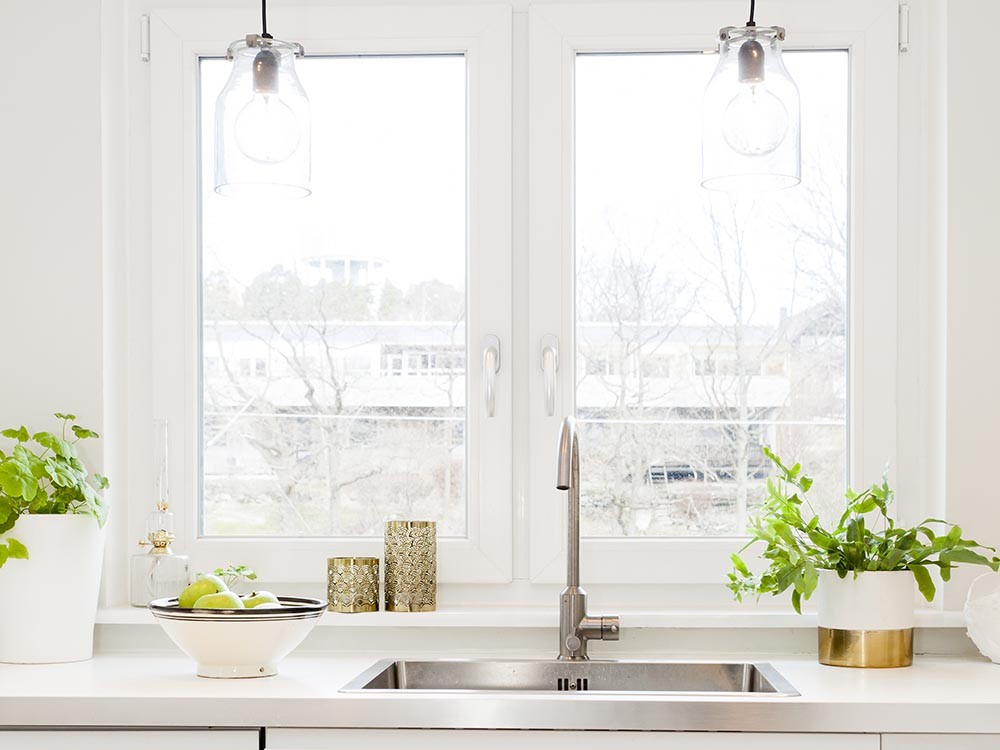 When it comes to choosing the right material for your kitchen sink, it is important to consider your budget, the overall design of your kitchen, and your lifestyle. Each material offers its own unique benefits and drawbacks, so it is important to weigh them carefully before making a decision.
Remember, your kitchen sink is not just a functional element, but it is also a design statement that can enhance the overall aesthetic of your kitchen.
With the right material, you can have a sink that not only meets your practical needs but also adds beauty and style to your space.
When it comes to choosing the right material for your kitchen sink, it is important to consider your budget, the overall design of your kitchen, and your lifestyle. Each material offers its own unique benefits and drawbacks, so it is important to weigh them carefully before making a decision.
Remember, your kitchen sink is not just a functional element, but it is also a design statement that can enhance the overall aesthetic of your kitchen.
With the right material, you can have a sink that not only meets your practical needs but also adds beauty and style to your space.







.jpg)
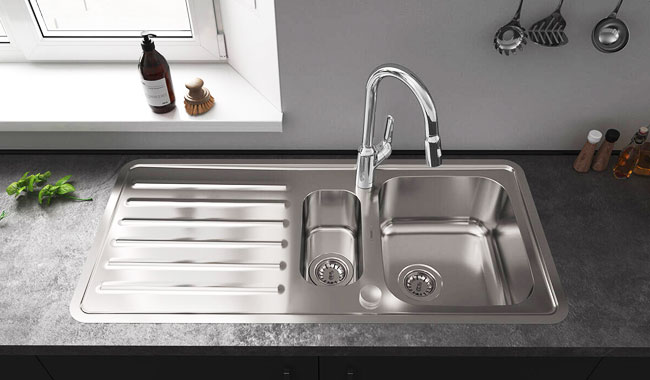






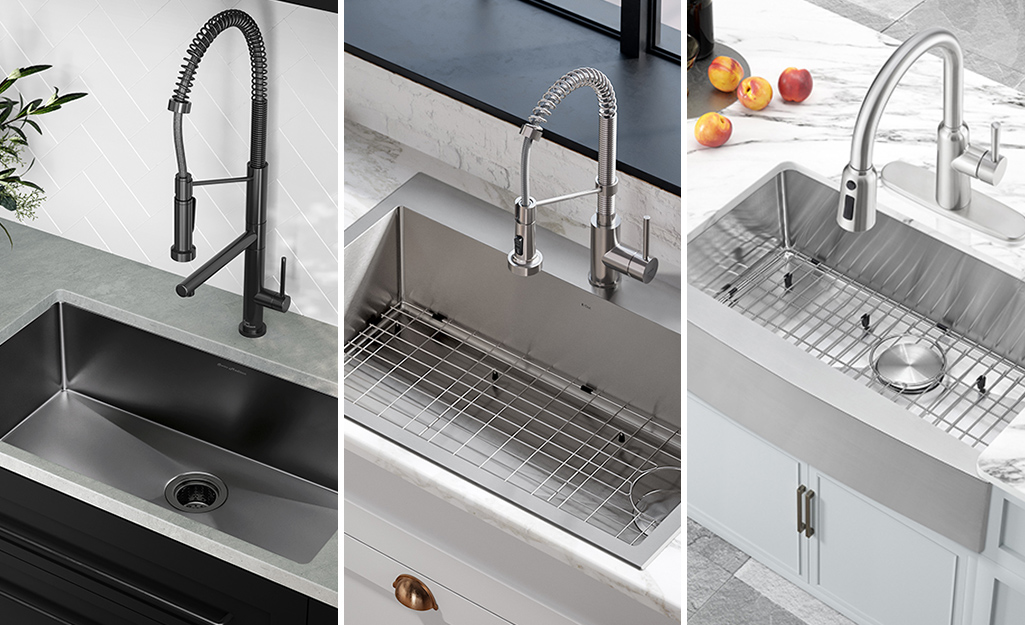




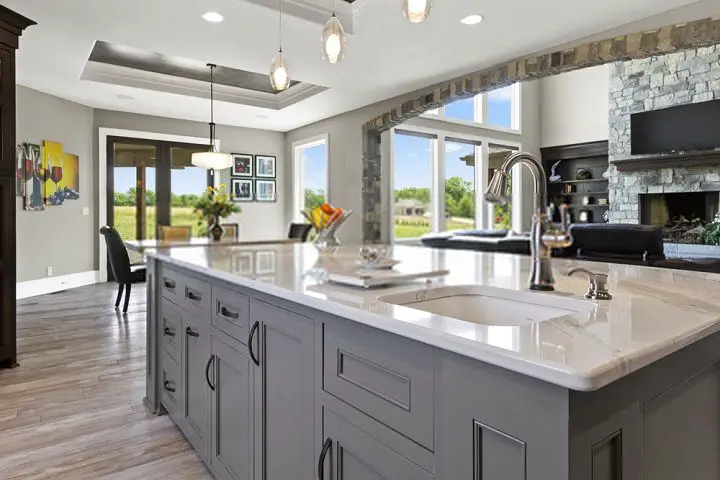


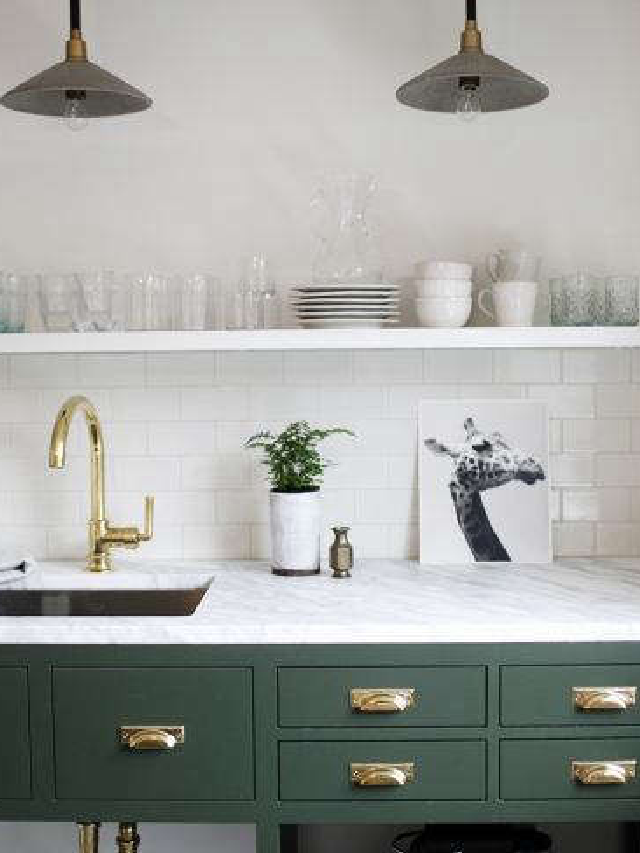
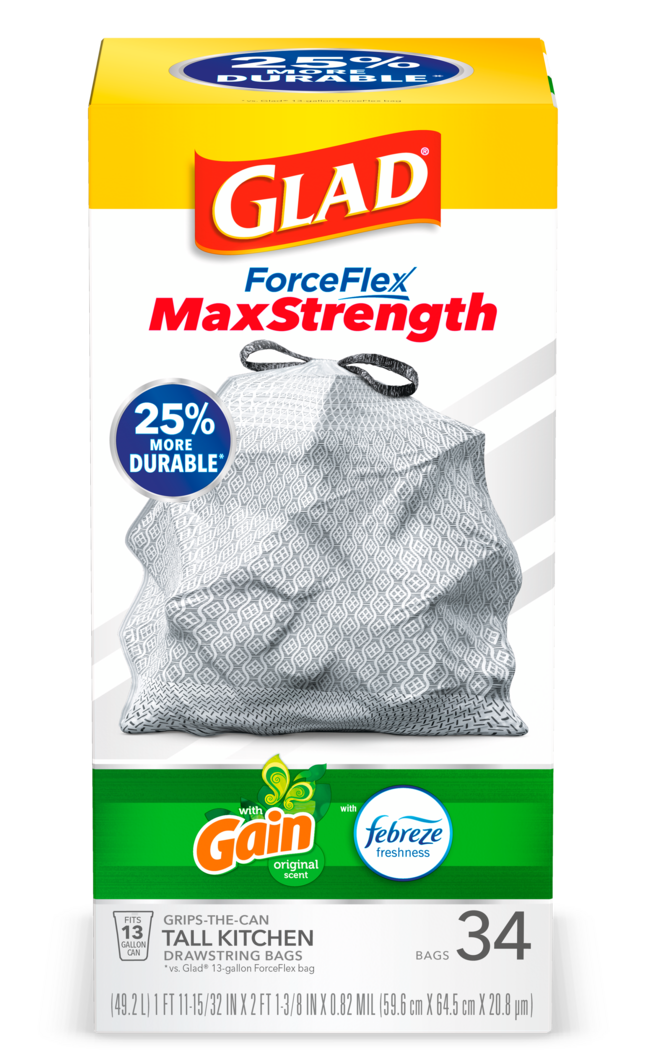
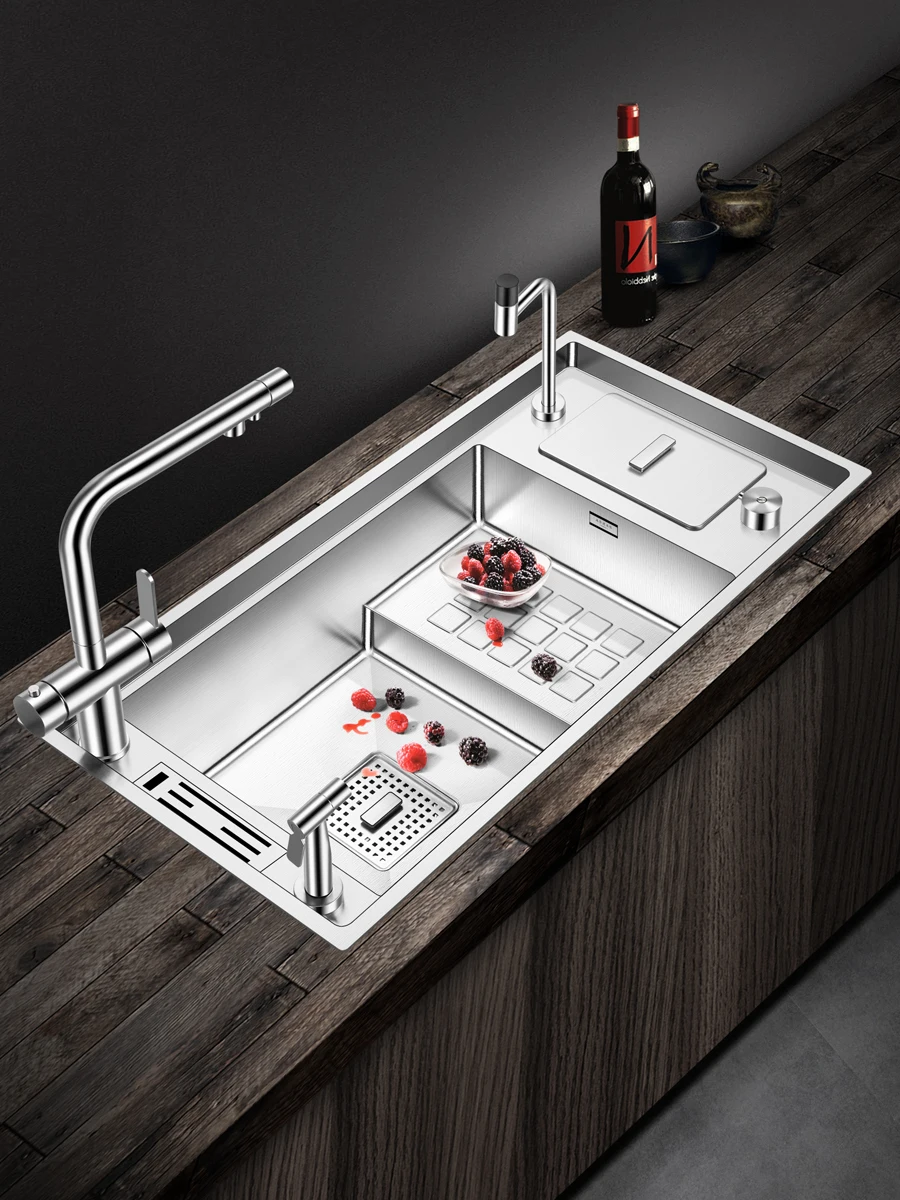

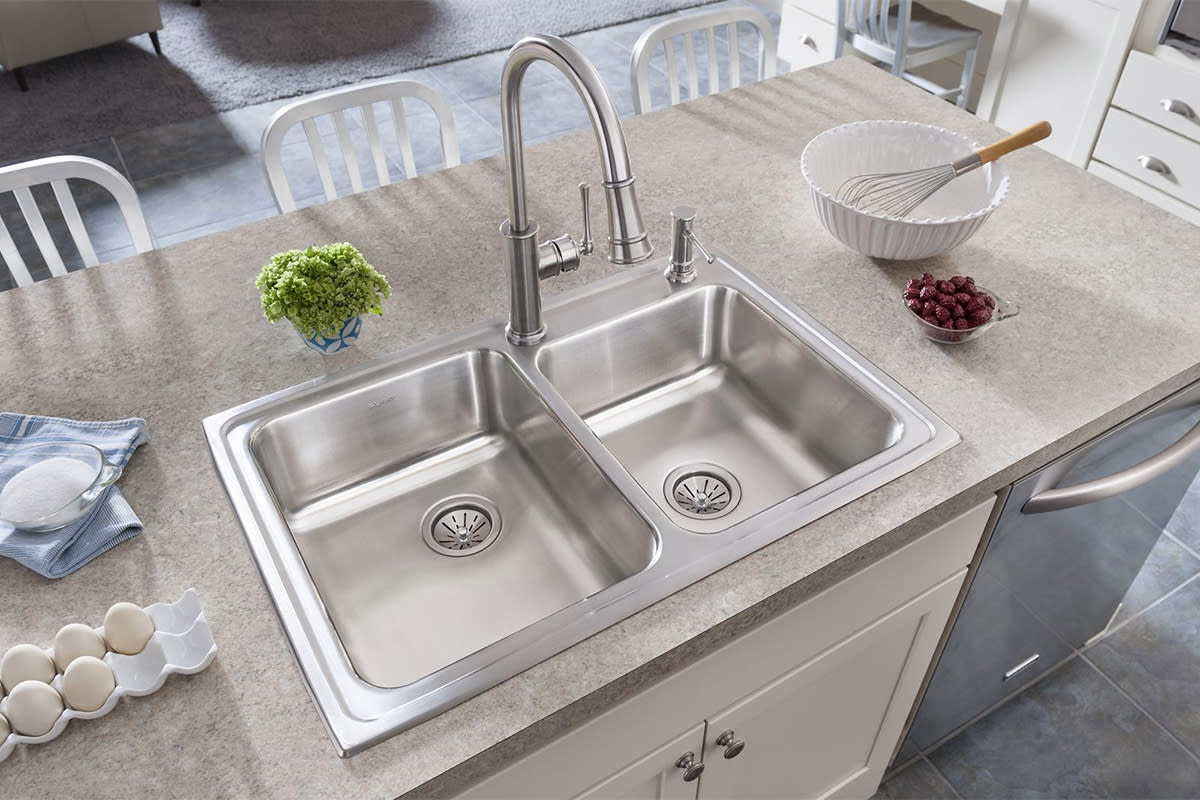


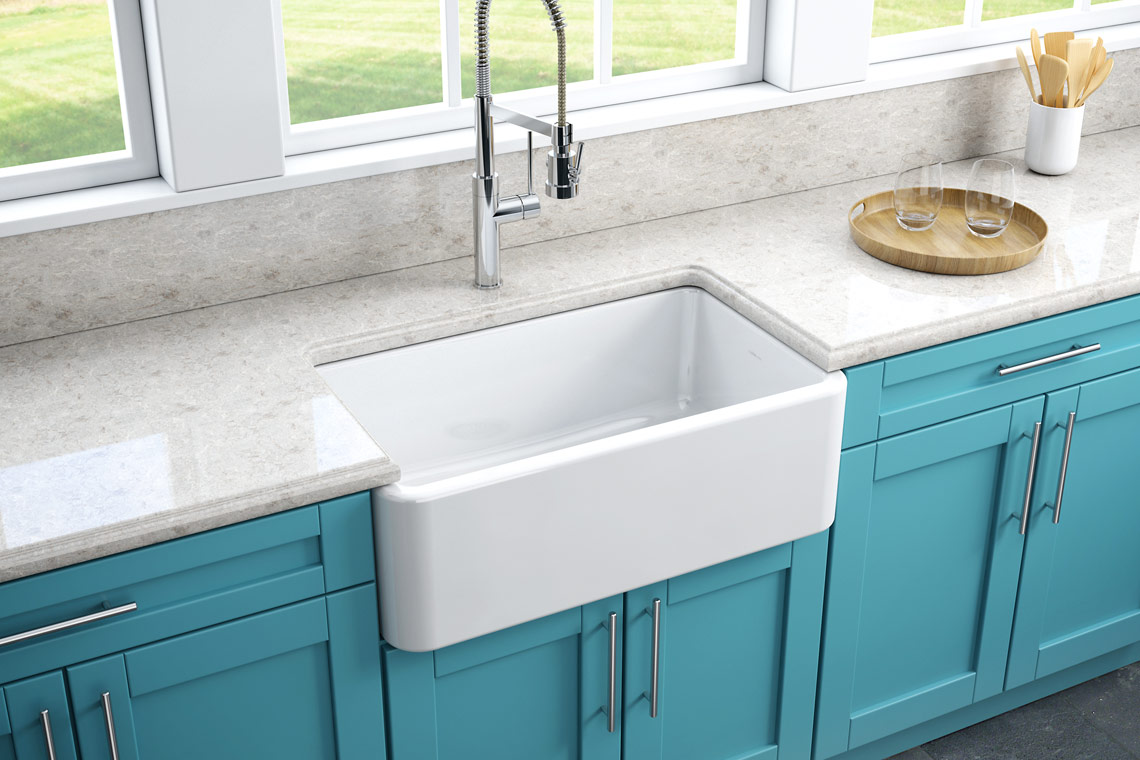



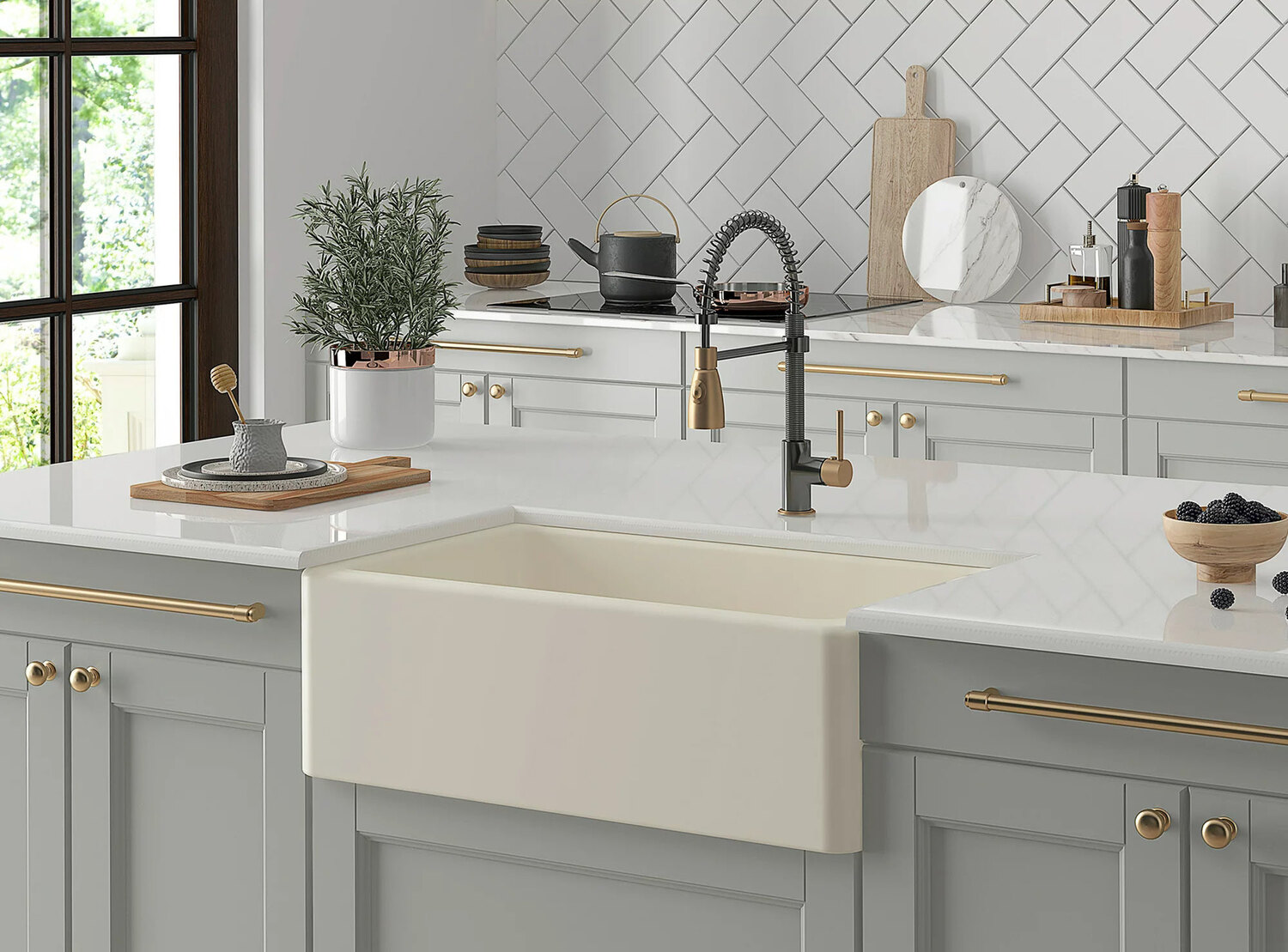

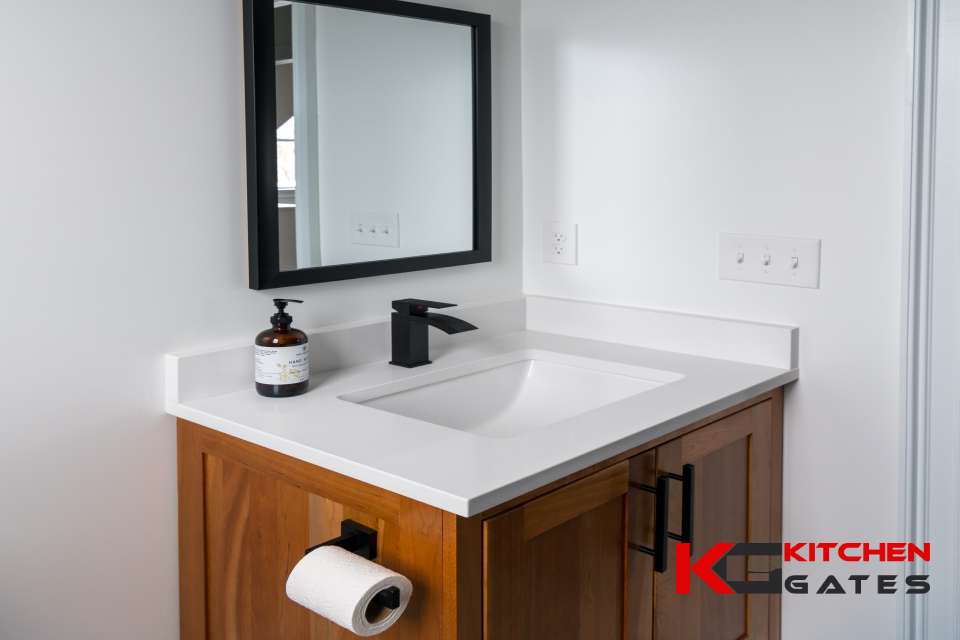


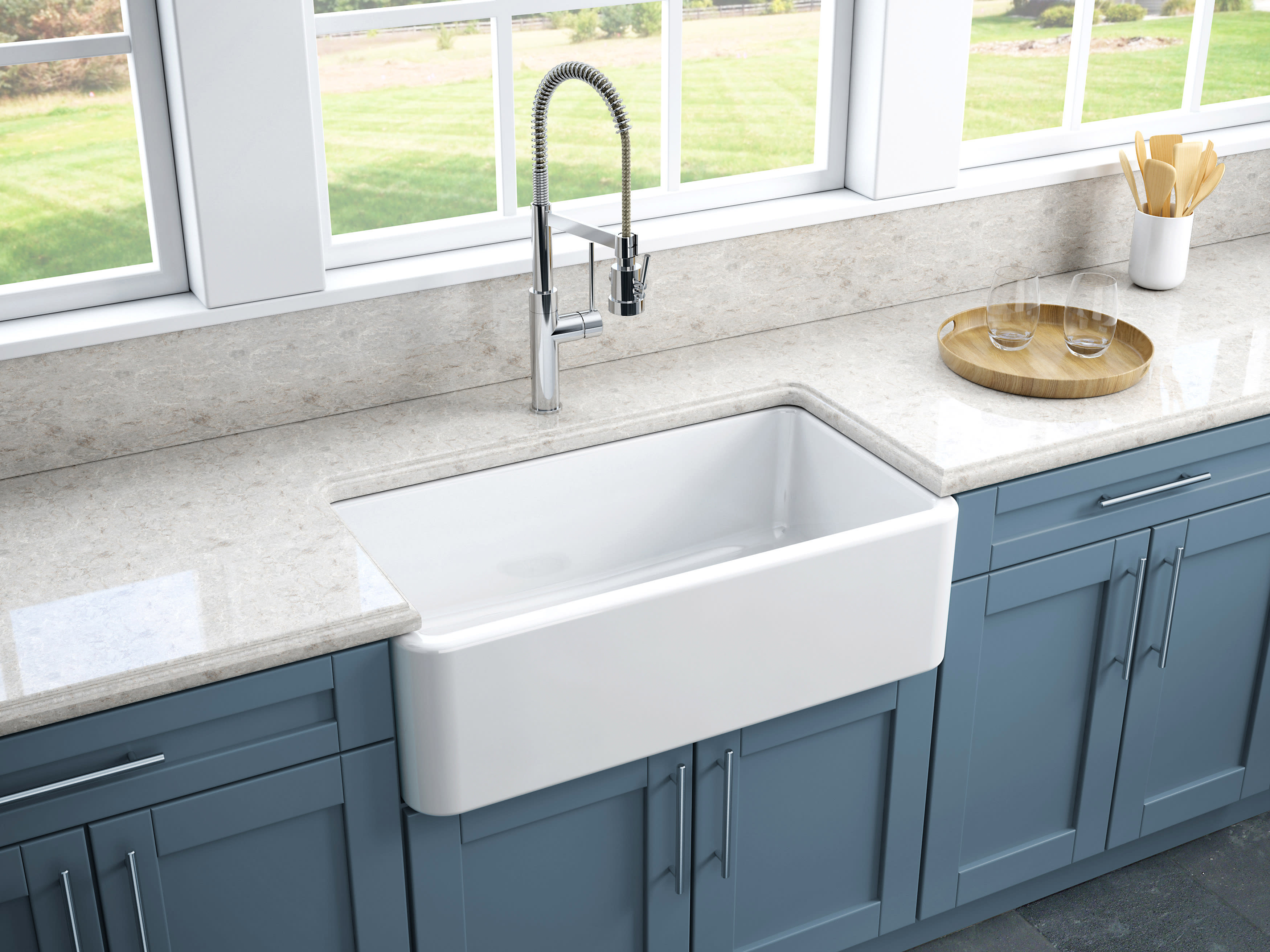

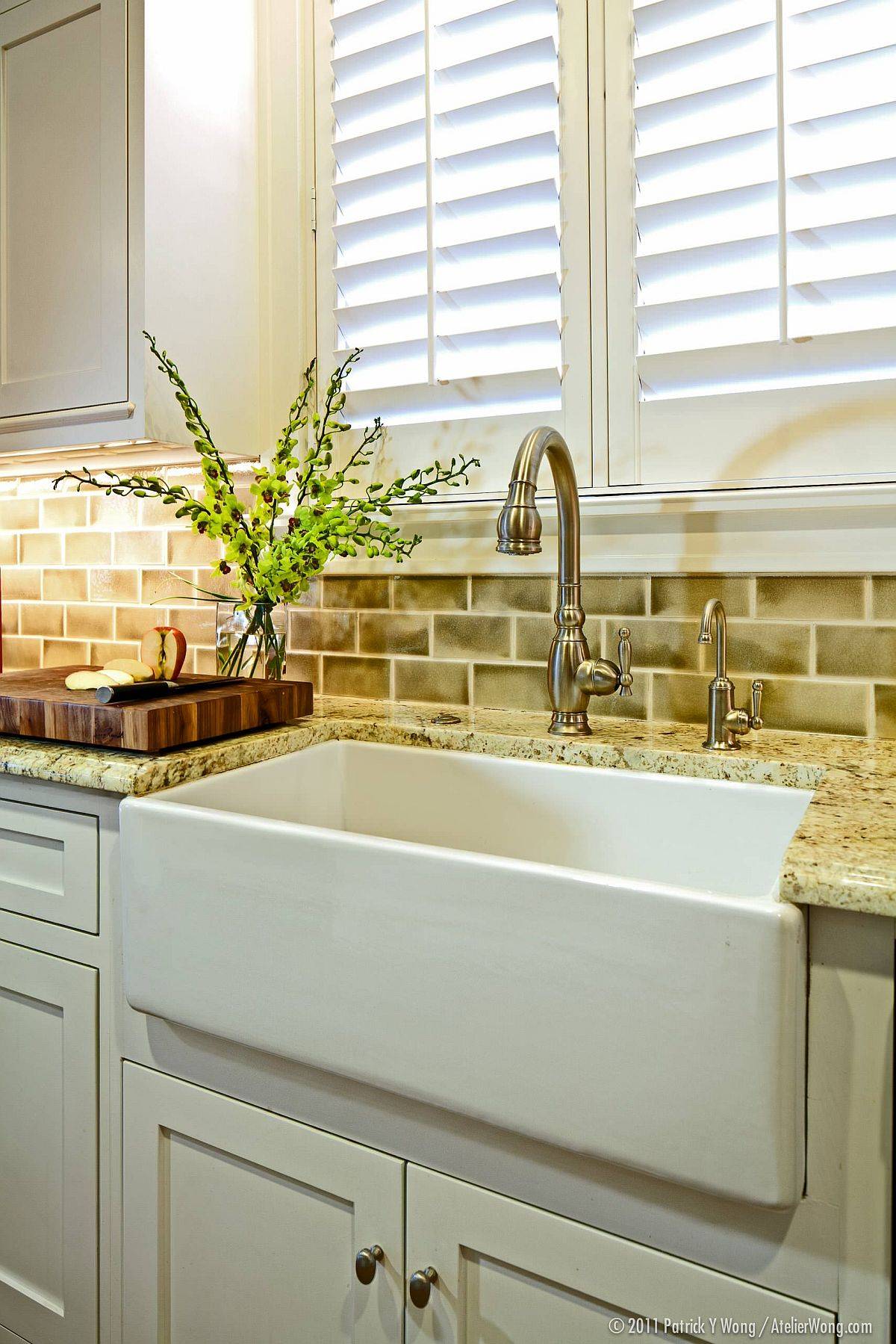










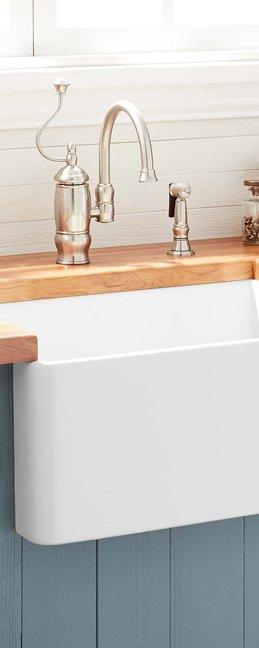
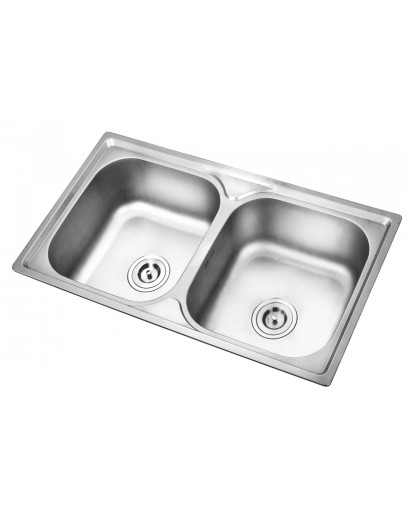

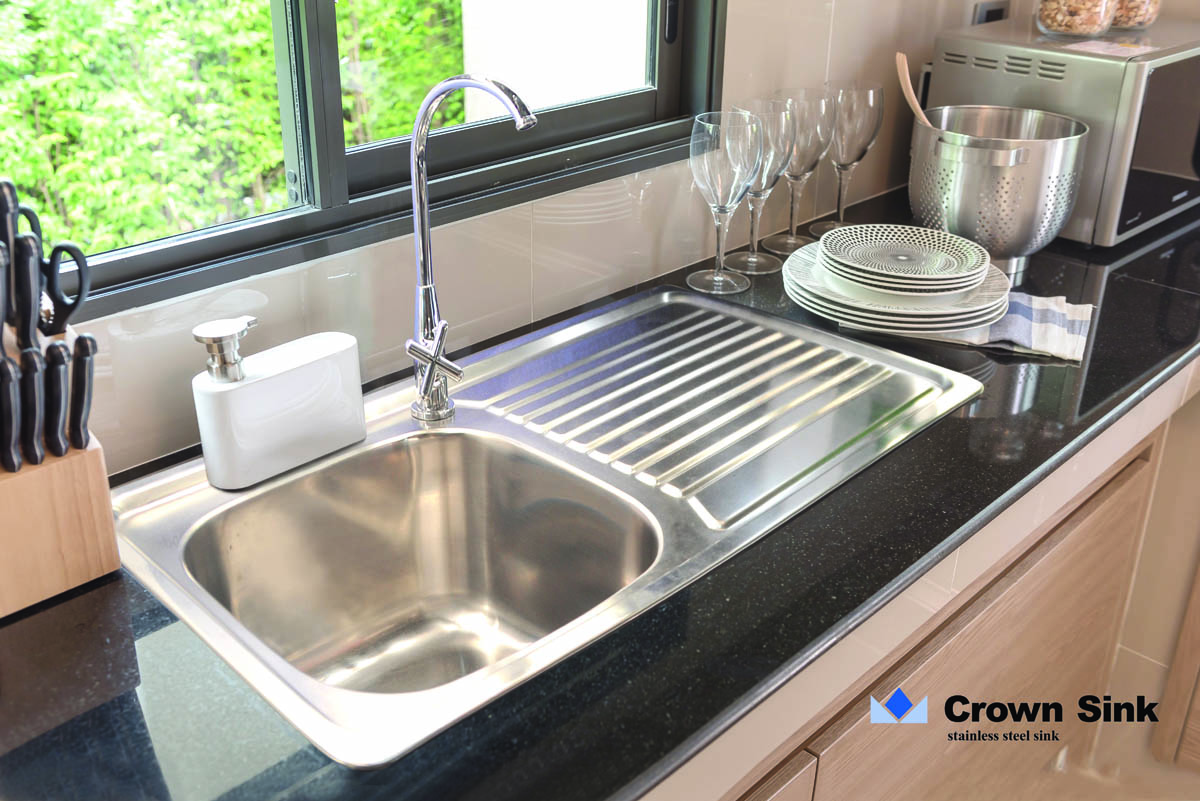
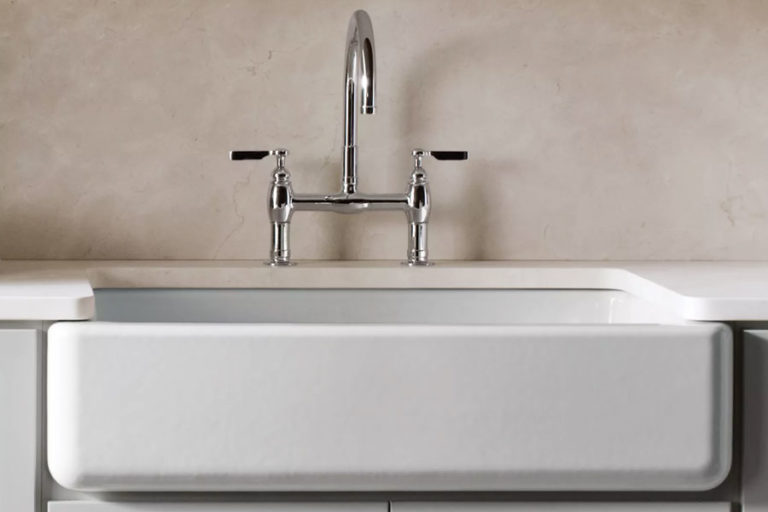
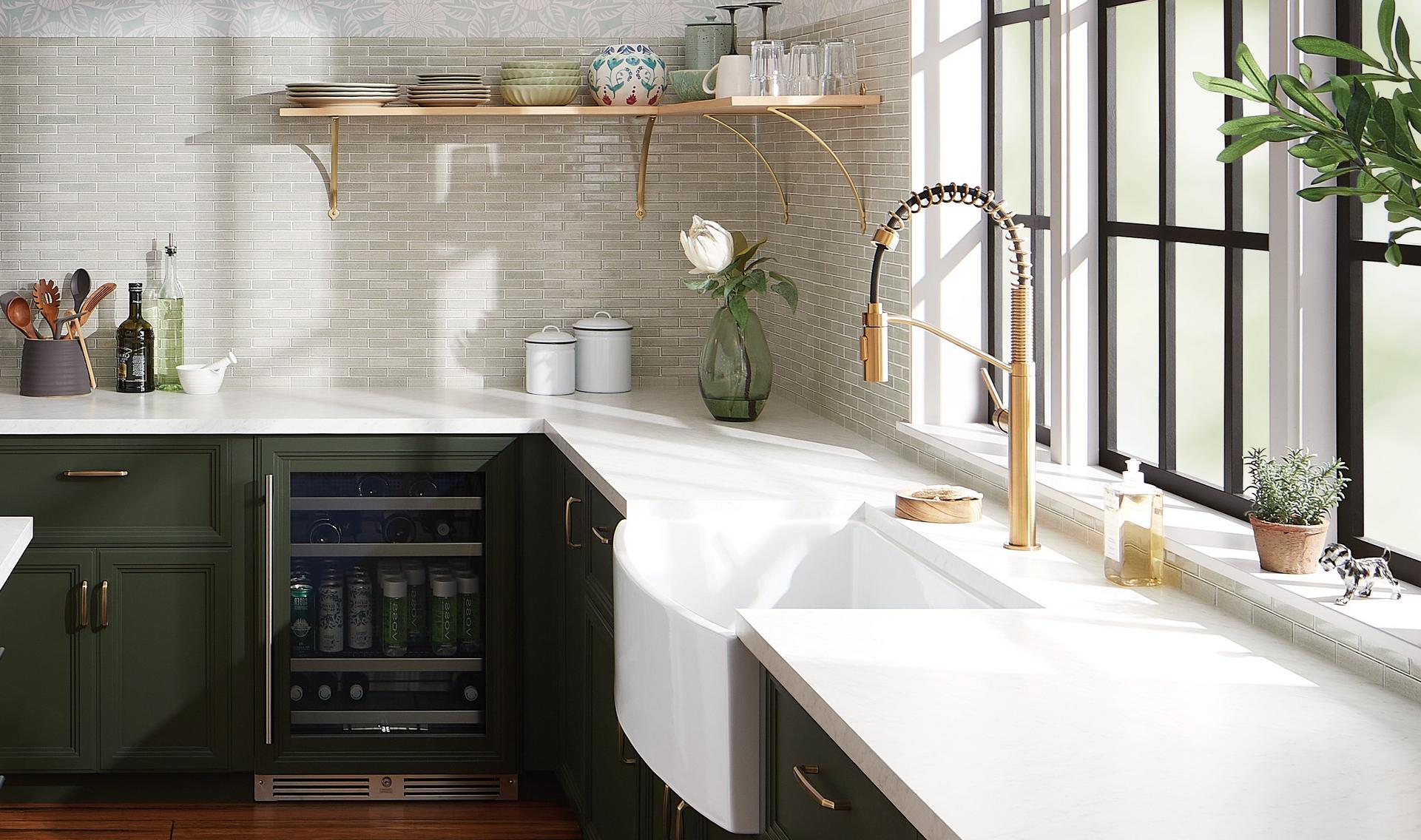
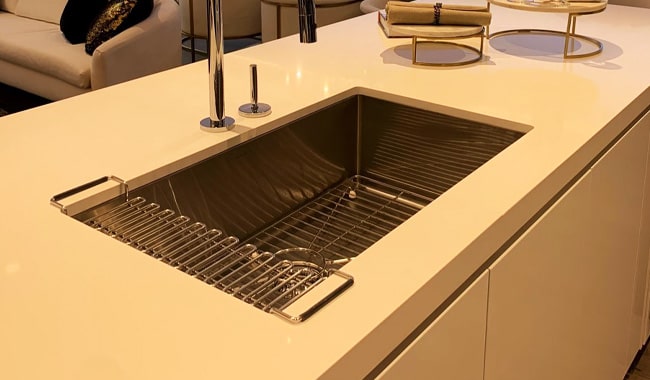


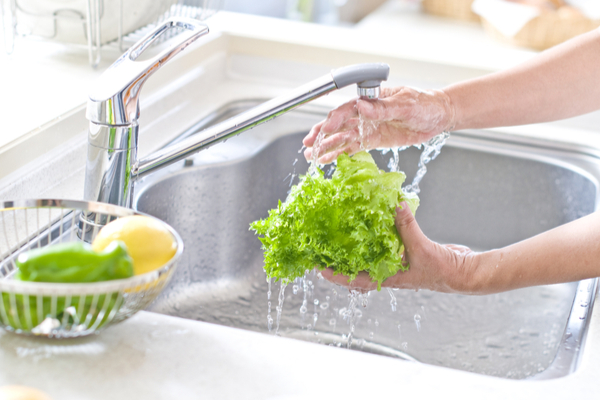

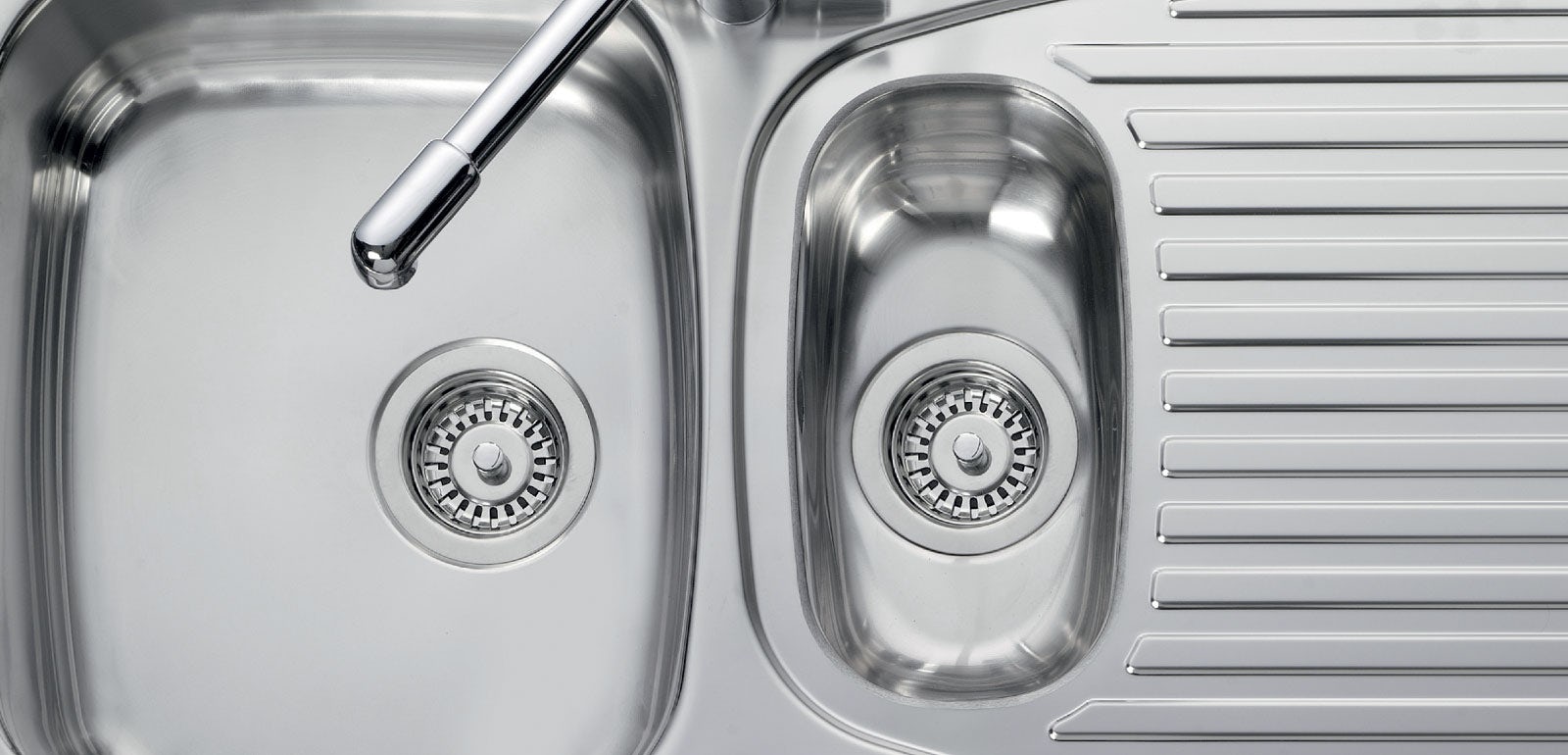













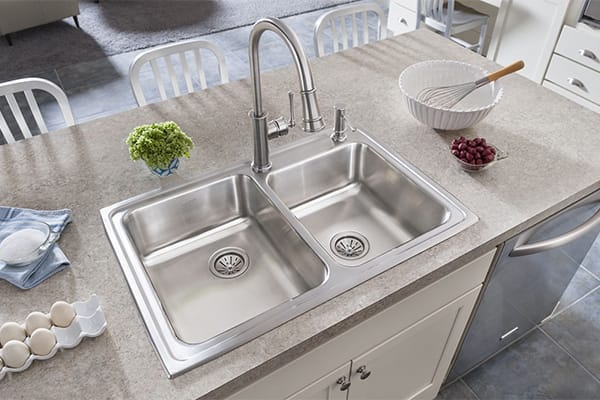
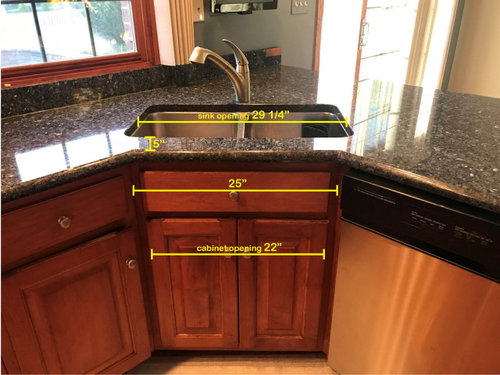
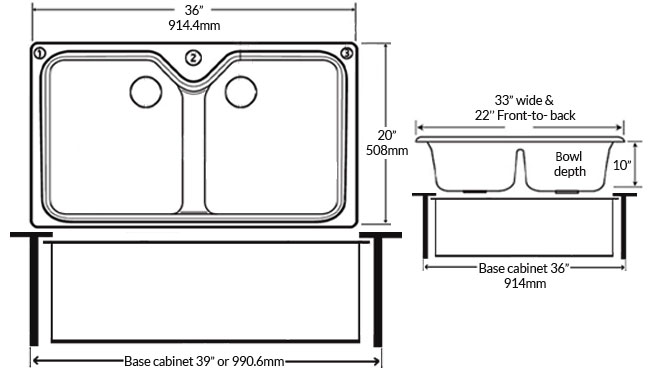

/header-16x19-image-640w-853h.jpg)



